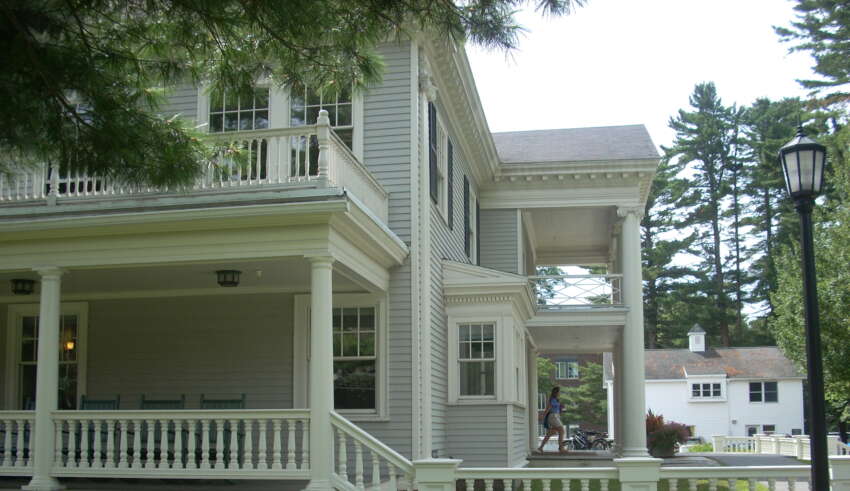
What did it mean, specifically, to be a “go-getter”? We would suggest that the Fred Harvey Company’s founder emulated the go-getter. Fred Harvey was a man who built his own company, his own wealth, his own unique legacy, and his own Worth. He was a risk-taker, trying out many new ideas. Some of them worked and some didn’t work. Fred Harvey was very demanding of both himself and those people who worked for him (including the Harvey Girls).
Fred was never quite satisfied with the status quo and was always looking to build and grow his business. It is also important to note that Fred Harvey was not a “lone wolf”—as were many American go-getters. He didn’t view everyone else as a foe. Harvey was not afraid to establish alliances when it served his interests. Though he was willing to buy up or destroy his competitors when this was more in his interests. Like Lowell, Harvey was a solid businessman. However, unlike Lowell, Fred Harvey was creating a new service (fast-delivered food). By contrast, Lowell was focused on production rather than service. And his product (cloth) had long been in demand.
While the Fred Harvey Company no longer exists (except as a small auxiliary operation), the legacy of Fred Harvey (as we will see) is big. The fast-food industry would not be what it now is without Fred Harvey. The very existence of the American National Parks might be attributed to Fred and his marketing skills. He was a true go-getter. And in the midst of this go-getting, Fred Harvey played an important role in helping to build community both inside his company and in the Western towns he established or at least enriched. Communities were built by Harvey, as they were by Lowell. Both men were interested in something more than profit. They wanted to base their legacy and Worth on the size and quality of the towns and cities established to accommodate their enterprises.
Community
Boorstin (1973, p. 1) begins his remarkable book with the following statement:
“Americans reached out to one another. A new civilization found new ways of holding men together—less and less by creed or belief, by tradition or by place, more and more by common effort and common experience, by the apparatus of daily life, by their ways of thinking about themselves.”
Boorstin (1973, p. 19) soon applies the term “go-getter” to those who emulate this distinctly American characteristic and believes that these Americans have often been found in the American West:
“The west was a good place for the refugee from older laws, but it offered no refuge from community. E.g. cattle drive to meet the railroad at Abilene or Dodge City (cowboys had to behave themselves in these towns) Even when they were on the trail ‘men had to suppress their personal hatreds, confine their tempers, and submit to the strict law of the trail, otherwise they might find themselves abandoned or strung up or sent off alone hundreds of miles from nowhere.’”
There was a powerful drive for respectability (lawfulness) that was matched by the drive for continuing freedom (lawlessness). This tension between two incompatible drives was heightened by the introduction of the Colt six-shooter. This lethal weapon became an important element of the Western community (as it continues to be in 21st-century American culture). It was a source of both the Western community’s lawlessness and its “taming”. Much was also the case with a weapon that could shoot multiple rounds of bullets (which was to become the machine gun). Called a Gatling Gun, this weapon played a critical role in the “taming” (elimination) of the native population in the West (helped along by disease and inter-tribal warfare).







